From September 18–22, Nova Gorica hosted the Reclaiming Hope: Navigate (un)certainty, imagine better futures symposium and the Design+Science summer school, organised by The Centre for Creativity, Museum of Architecture and Design (Ljubljana) in partnership with several other institutions, organizations, and projects (among them SUrF) and hosted by the European Capital of Culture GO! 2025 Nova Gorica. Over the course of five days, a cross-disciplinary group of speakers, students, and local and international guests came together to reflect on the role of design, architecture, education, and policy in times of crisis and uncertainty.

The location itself—Nova Gorica, a peripheral and border city—was essential to the event’s character. The town emerged from ambitious post–World War II plans, purpose-built to embody progress and optimism at the edge of Yugoslavia and separated from its historic Italian counterpart, Gorizia. Nova Gorica is a space of tensions, contradictions, and promise. The area where barbed borders once stood now invites tourist photographs; the purposeful emptiness of former military buffer zones gives rise to new apartment buildings; and the border crossing often doubles as a site for cultural gatherings. Here, the periphery is not understood as a condition of marginality, but as an opportunity to attend to the immediate and the local, a place where attentiveness to histories of separation opens space for new forms of dialogue, exchange, and imagination. Resilience, the capacity to navigate complexity, and a belief in shared futures—shaped by decades of crossings and redefinitions—has become integral to the city’s identity, making it a fitting setting for the event.
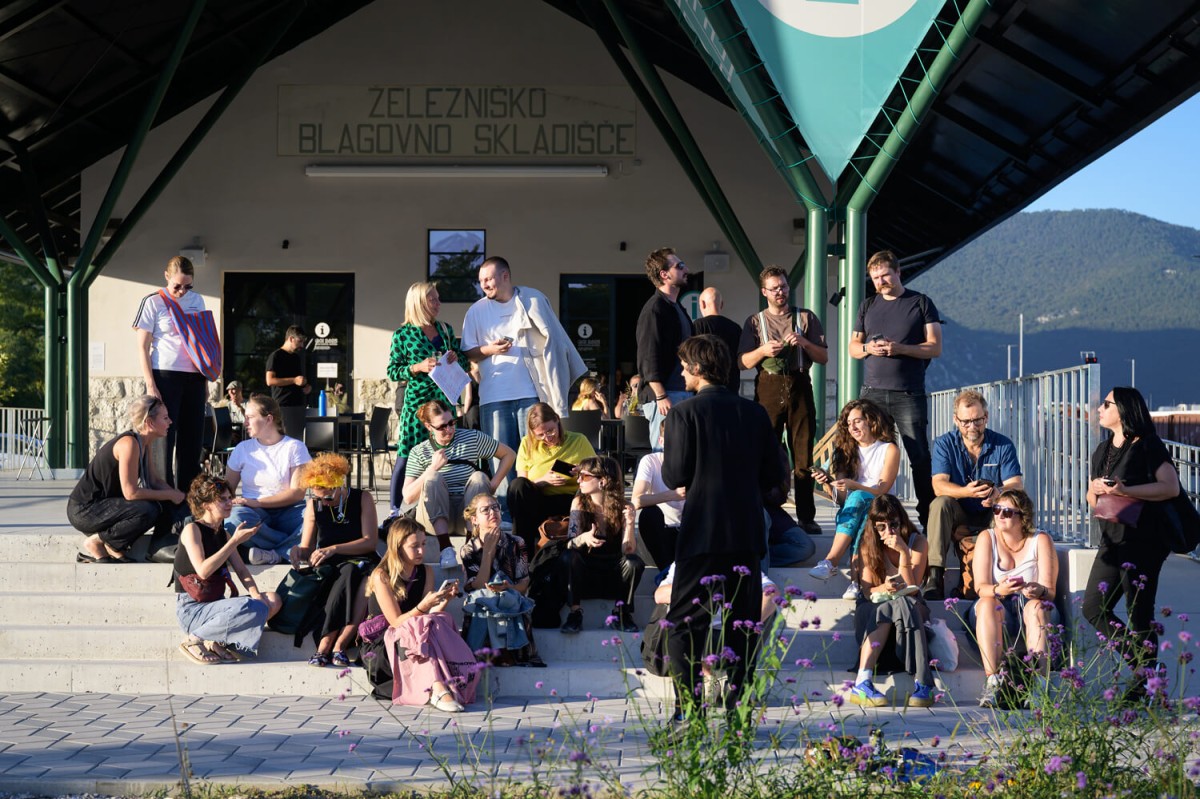
The symposium featured lectures, workshops, and panels that explored different approaches to imagining futures. On the first day, keynote speaker Natalija Majsova explored fiction and memory in video games as resources for imagining otherwise, James Auger discussed ideas of reconstrained design as a way to subvert the limits placed on practice, and Jimmy Loizeau reflected on collaborative media projects in Calais and Greece, highlighting the professional identity struggles that arise when working within politically charged contexts. In the afternoon, José Luis de Vicente presented examples of his curatorial work and his interest in dramaturgy as a tool for public engagement. Silvio Lorusso delved into the emotional dispositions and unexamined assumptions, such as optimism and problem-solving, that shape how designers think, feel, and act. Representatives from EIT Culture & Creativity: Miriam Kathrein, Gerin Trautenberger, and Alexander Diesenreiter discussed the role of their organization in supporting experimental creative practices.

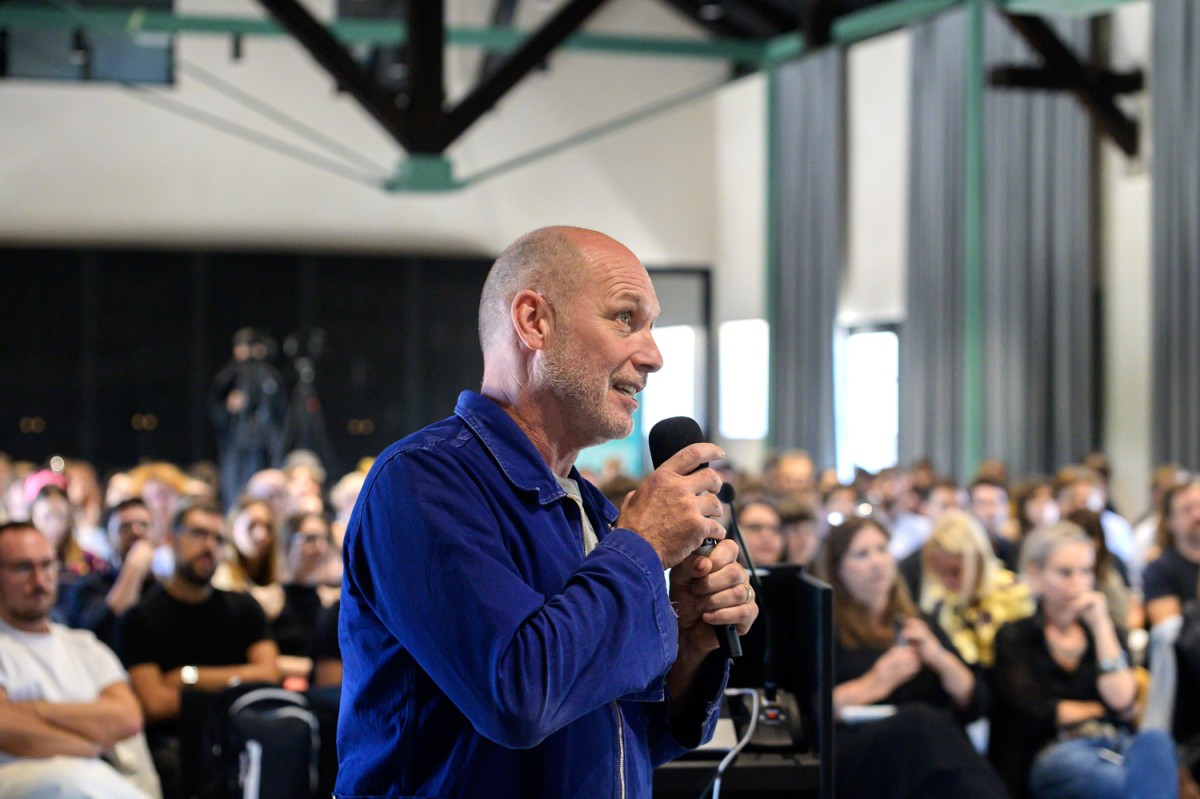
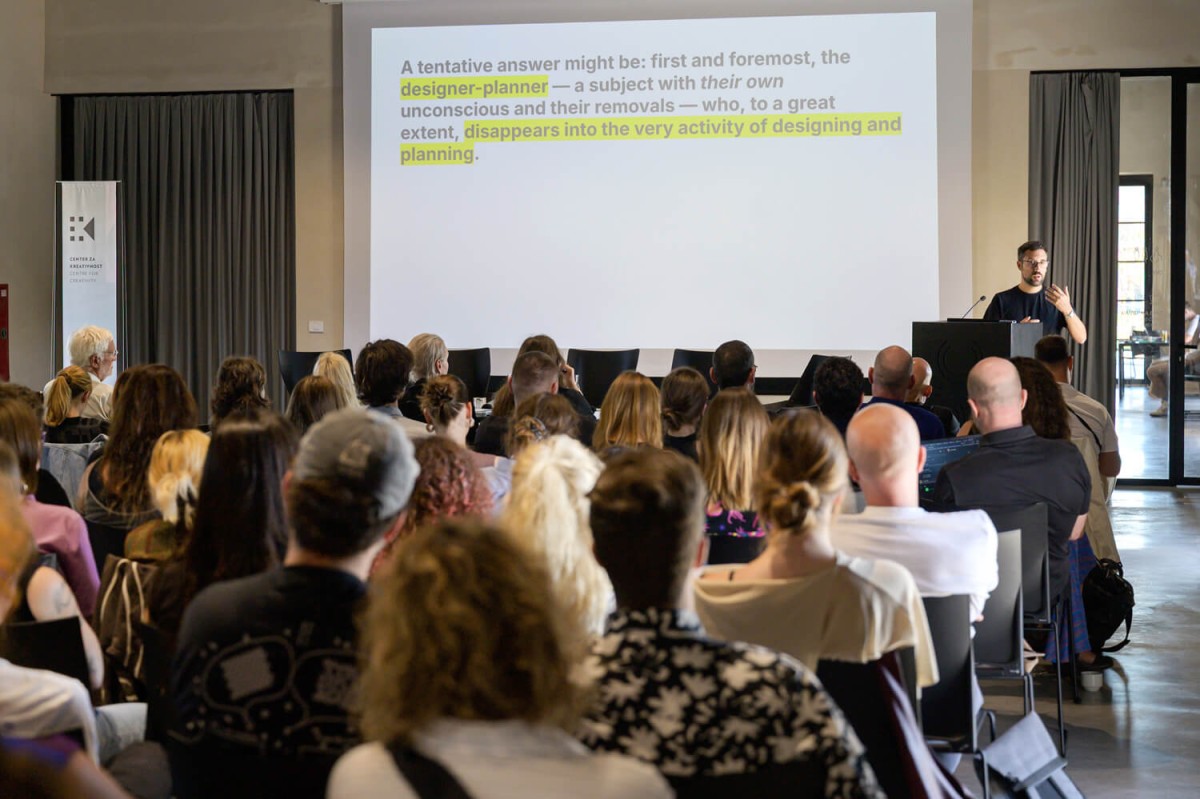
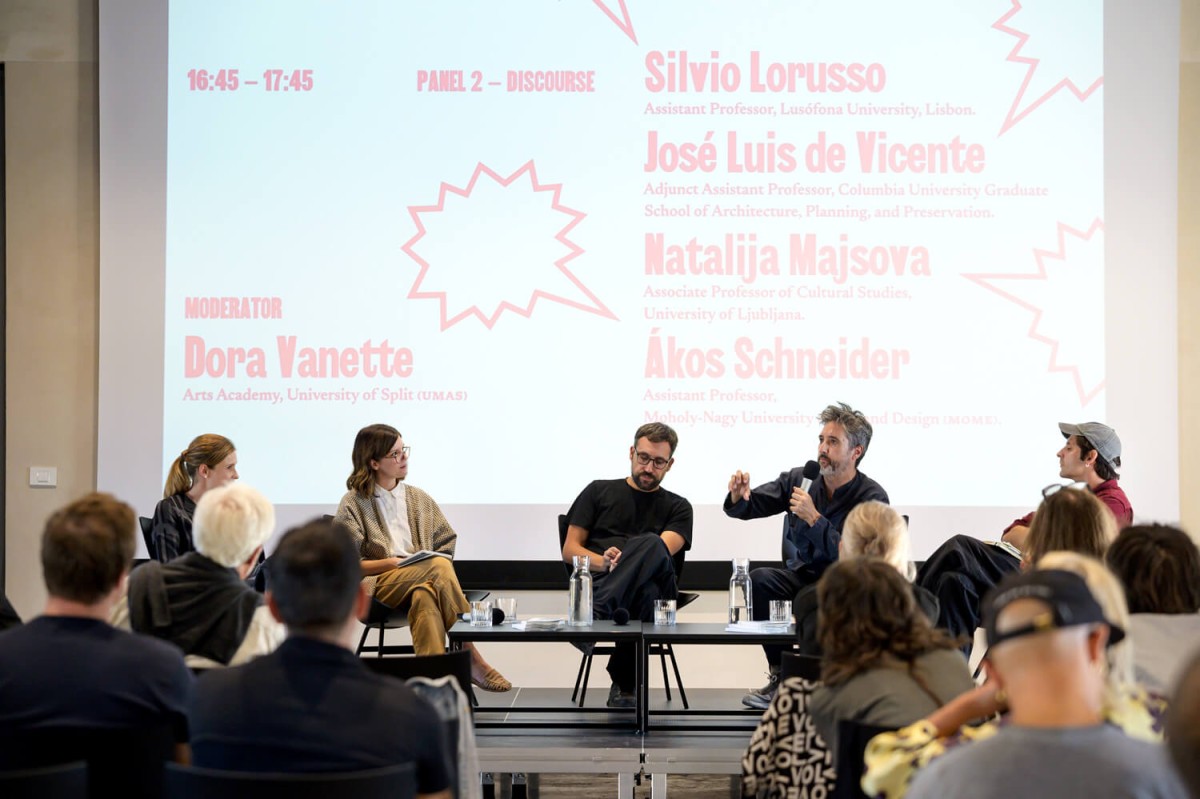
On the second day, in a keynote that resonated deeply with the audience, Ezio Manzini cautioned that many of the progressive tenets of social innovation have been absorbed into capitalist logics. He posed a challenge to designers: how to consolidate and spread the good ideas of social innovation without losing their original social and ecological values. He advocated for a return to collaboration, proximity, and care in an era of war, walls, and hate. Lodovica Guarnieri presented her collaborative project on redesigning food systems through the cultivation of wild halophytes—salt-tolerant plants that thrive in soils dismissed as barren —as viable crops. For Guarnieri, espousing a politics of moisture offered a poetic and political response to the othering of wetness and the entrenched water/land binary. Director of Fab Lab Barcelona, Guillem Camprodon, argued for reframing prototyping as a critical practice—less about creating short-term solutions and more about challenging the systems that shape the present. Tim Boykett, from the Linz-based collective Time’s Up, advocated replacing one-size-fits-all solutionism with a multiplicity of situated approaches discovered through exploration and tinkering. The symposium concluded with Futures Garden, a participatory workshop by the EU Policy Lab, which invited attendees to imagine a world with more room to rest, experiment, and connect—with each other and with the environment—all through a shared speculative narrative.


Panels pushed the conversation further: an education-focused panel addressed the tension between preparing students for the workforce and cultivating their capacity to experiment and critically reflect on the practice itself. The discourse panel asked what role language—writing, speaking, narrating—plays in reclaiming futures. A practice-focused session blurred the boundary between speaker and audience by seating panelists among guests, transforming the format into a town-hall-style discussion that cut across numerous themes and topics, and revealed the participants’ need to share reflections from their own everyday practice. Finally, the policy-focused discussion considered how cultural projects can meaningfully connect with policymaking to enact systemic change.
What drew many people to the symposium was the name itself: Reclaiming Hope. Speakers and guests alike emphasised that hope cannot be taken for granted, nor reduced to vague optimism—that it must be actively cultivated through dialogue, collaboration, and everyday practices. At the same time, this commitment was complicated by what keynote Natalija Majsova described as a “future deficit”: a difficulty in imagining positive alternatives in the shadow of current crises. This duality gave the symposium its energy: hope persists precisely because it is hard to hold. This tension was especially vivid for students and young researchers, who used the event to share projects, build networks, and offer reflections they rarely have the chance to present. Their voices added urgency, showing how the theme of reclaiming hope intersects with the realities of entering uncertain professional and social worlds.
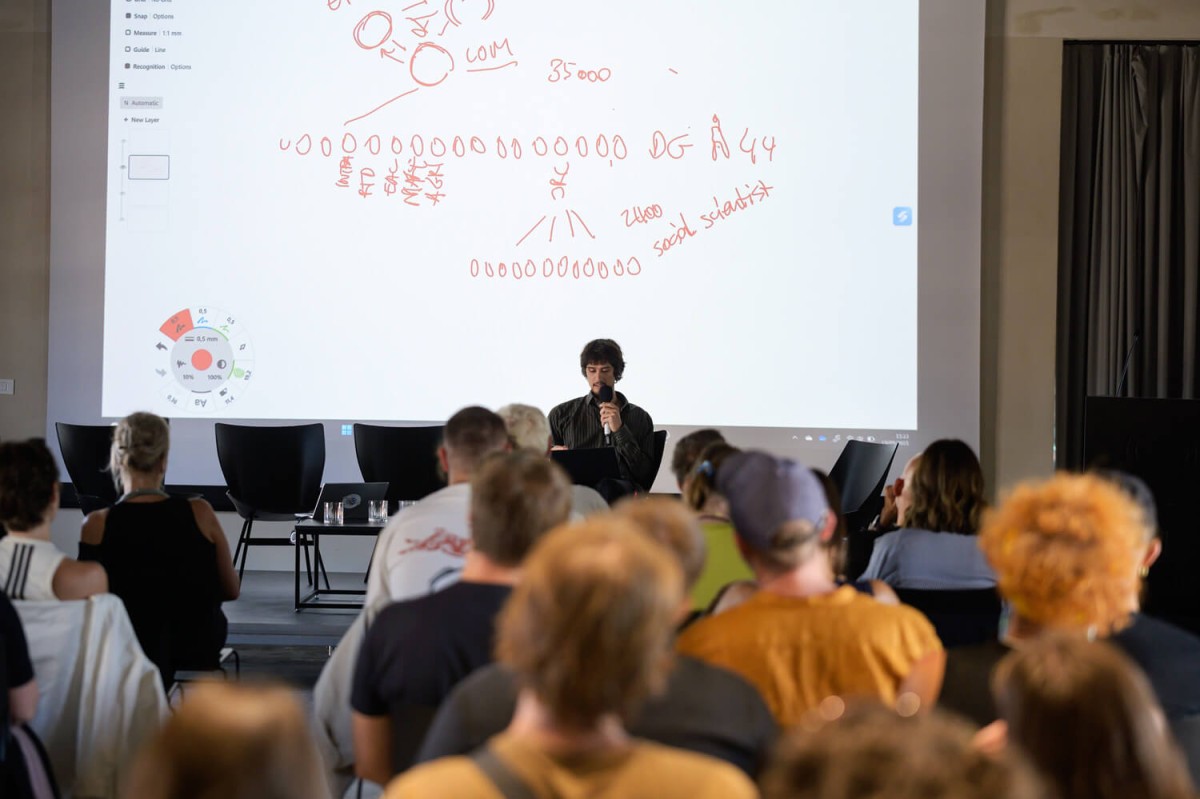

The symposium was followed by Design+Science summer school, which continued these conversations through an intensive, hands-on workshop centered on speculative futures. The workshop offered international participants (mainly MA students from design and architecture backgrounds) an opportunity to reflect on the symposium’s discussions through speculative projects. Hope, in this context, was made tangible through the students’ enthusiasm and commitment: the goal wasn’t just to add another project to their portfolio but to engage critically with their education and everyday practice.
The discussion that began at the symposium was further extended through its accompanying publication. This booklet brings together seven design perspectives—provocations and position papers that pose critical questions—and seven case studies that ground these ideas in specific projects and practices. The publication was envisioned as a compact resource that participants and readers can return to as a way to revisit the discussions, access references, and draw inspiration.
Together, the presentations, discussions, workshops, and the publication all embodied the symposium’s central theme: that hope is not a naïve projection of better futures nor a distant utopia, but something cultivated through critical dialogue, collective practice, and everyday work of care—rooted in the tangible (design) activities in our local contexts.
Dora Vanette, Ivica Mitrović
Photos: The Centre for Creativity (CZK)